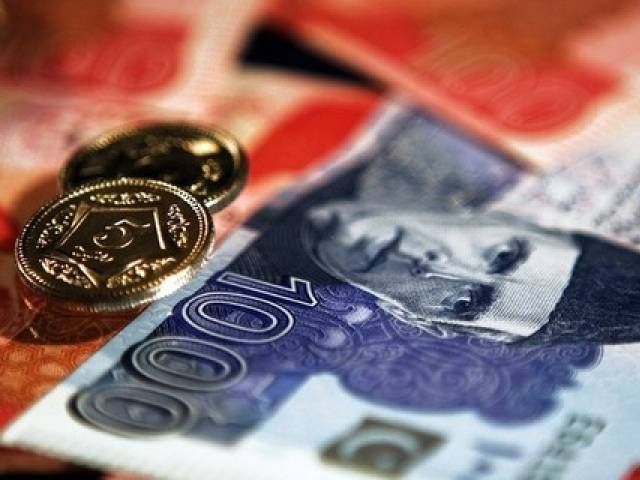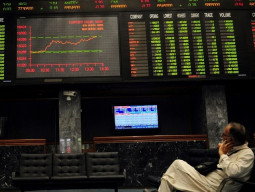
Following steep reduction in development expenses and huge savings incurred by all provinces, Pakistan’s national budget deficit remained at Rs515 billion - Rs110 billion less than International Monetary Fund-determined limit - during the first half of this fiscal year.
In terms of total size of the national economy, the budget deficit was 1.7% or Rs515.2 billion, according to a summary of consolidated federal and provincial budgetary operations compiled for the July-December period. The Ministry of Finance released the summary on Monday.
Stalemate: Continuing to suffer from economic stagnation
The results were better than expectations after the government had missed the first quarter (July-September) budget deficit target of Rs306 billion and had to seek a waiver from the IMF.
For the first half, the IMF had set the budget deficit target at Rs625 billion or 2.1% of the Gross Domestic Product. The government performed better against what the IMF calls a sacrosanct target by squeezing development spending.
For the entire fiscal year, the IMF has set the budget deficit target at Rs1,292 billion or 4.3% of GDP. It largely hinges on the provinces’ ability to show a budget surplus of Rs297 billion or roughly 1% of the GDP.
Total expenditures of the federal and four provincial governments stood at Rs2,520 billion against Rs2,004 billion total revenues.
Against the federal development spending limit of Rs280 billion or 40% of the annual budget, the summary showed that the actual spending remained at Rs157.6 billion in the first half of the fiscal year, helping authorities meet the IMF target.
Performance of provinces
Similarly, the four provinces saved Rs155.2 billion from their budgets, which gave half a percentage point edge to the federal government. Out of Rs155 billion, Sindh contributed a maximum of Rs77.4 billion, showed the summary. Sindh’s total revenues stood at Rs293 billion and it incurred Rs215.5 billion expenditures in six months. The provincial government got Rs227.1 billion from the xentre as its share under the federal divisible pool. Sindh’s development expenses stood at Rs36.8 billion.
Punjab showed Rs43 billion surplus out of its total revenues of Rs496.8 billion. Being the largest populous province, it got Rs415.6 billion as its share from the federal divisible pool. The federal transfers amounted to 84% of the total provincial revenues. Punjab’s own tax collection was worse than Sindh.
Punjab’s total expenses stood at Rs453.8 billion out of which the development expenses were Rs141.4 billion.
Khyber-Pakhtunkhwa government also helped the federal government by saving Rs16.4 billion from its budget. Against total revenues of Rs165 billion, the provincial government spent Rs148.6 billion in six months. Its development spending amounted to Rs32.1 billion.
The K-P government got Rs140 billion from the centre as its share in federal taxes, which was roughly 85% of the total revenues of the province.
The Balochistan government also posted Rs18.4 billion budget surplus during the first half of the fiscal year. Against its total revenues of Rs96.2 billion, the provincial government spent Rs77.8 billion. Its development spending amounted to Rs11.8 billion. The provincial government got Rs85.4 billion as its share in federal revenues.
Deficit financing
Roughly, 40% of the budget deficit was filled by taking new foreign loans during the first half of the fiscal year, according to the Ministry of Finance. Its gross external loans in six months stood at Rs383 billion or $3.7 billion, out of which the federal government consumed Rs180 billion or $1.7 billion to return old foreign loans. Net external loans in six months stood at Rs203 billion or $2 billion.
Govt scales down development spending by 43%
An amount of Rs312 billion was arranged from domestic sources to finance the budget deficit, out of which Rs183.2 billion were borrowed from the commercial banks.
Published in The Express Tribune, February 16th, 2016.
Like Business on Facebook, follow @TribuneBiz on Twitter to stay informed and join in the conversation.


















COMMENTS
Comments are moderated and generally will be posted if they are on-topic and not abusive.
For more information, please see our Comments FAQ